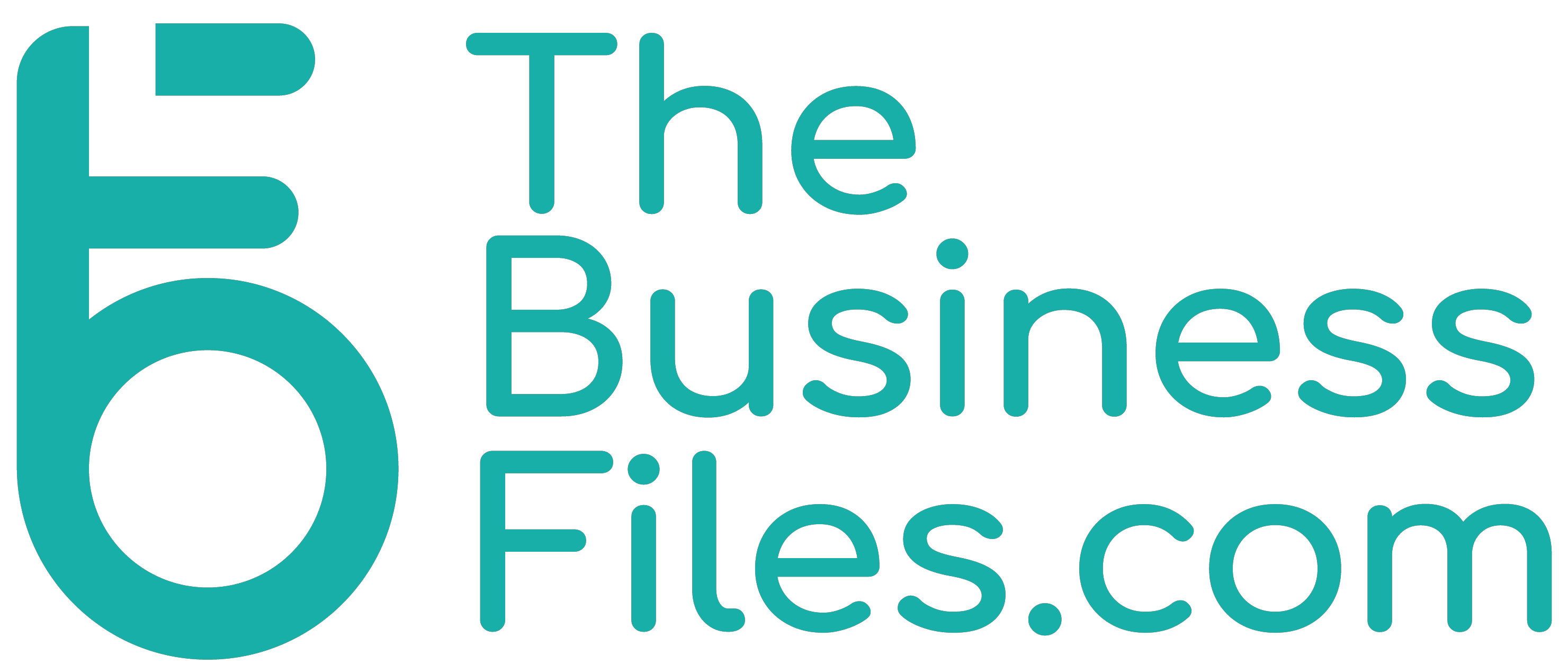Founded in 1993 by brothers Tom and David Gardner, The Motley Fool helps millions of people attain financial freedom through our website, podcasts, books, newspaper column, radio show, and premium investing services.
Founded in 1993 by brothers Tom and David Gardner, The Motley Fool helps millions of people attain financial freedom through our website, podcasts, books, newspaper column, radio show, and premium investing services.
You’re reading a free article with opinions that may differ from The Motley Fool’s Premium Investing Services. Become a Motley Fool member today to get instant access to our top analyst recommendations, in-depth research, investing resources, and more. Learn More
For investors who have held shares of connected-TV (CTV) platform Roku (ROKU 0.97%) from its peak — which includes me — it’s tempting to fixate on its previous high, hoping it regains altitude in 2023.
But shareholders should beware of muddying the decision-making waters with the sunk-cost fallacy. That’s a term from behavioral economics whereby people are reluctant to make necessary changes after losing money. If it’s time to move on from Roku stock, that’s true regardless of how much our investment is down.
Remember that average investing results are easily achieved by simply buying exchange-traded index funds. Consequently, for investors who pick stocks, the goal should be to do better than average.
So when it comes to Roku stock, the question is the same whether you already own shares or not: Can this stock beat the market average in 2023 and beyond from where it trades right now?
With its connected-TV operating system, Roku makes it easier for people to stream video content — an activity thrust into the limelight by the pandemic. Annual revenue for the company grew 58% and 55% in 2020 and 2021, respectively, reflecting Roku’s surging adoption.
The market became irrationally exuberant about the stock because of this growth, pushing it to an extreme valuation. Consider that before the pandemic, the highest price-to-sales (P/S) valuation it had ever reached was about 20. But its average P/S valuation had been around 9.
ROKU PS ratio; data by YCharts.
In early 2021, however, Roku’s valuation spiked to a P/S of 33. And during 2020 and 2021, it traded at an average valuation of 18 times sales — double its average before the pandemic.
ROKU PS ratio; data by YCharts.
The party is now over for investors because Roku’s business results have slowed down significantly. Through the first three quarters of 2022, revenue is only up 20% compared to the same period of 2021.
Upcoming fourth-quarter revenue is expected to be down year over year. And many analysts foresee a challenging advertising market in 2023, which is Roku’s primary source of revenue.
Moreover, profitability has plummeted. Through the first three quarters of 2022, the company’s gross profit margin is just 48%, compared to 54% in the same period of 2021. One reason for the drop is hardware: Roku is struggling to sell devices and is selling them at steeper and steeper discounts.
Lastly, the company has reported an operating loss of $281 million year to date, compared to operating income of $214 in the first three quarters of 2021.
To summarize, Roku stock inflated to an unusually extreme valuation when things were going well. But now things aren’t going so well, resulting in the stock trading at an unusually cheap valuation, as the chart below shows.
ROKU PS ratio; data by YCharts.
Roku needs to retain and gain market share in the CTV space from here so that it can be a primary beneficiary of the ongoing shift of advertising budgets from traditional sources to streaming.
Some analysts are skeptical. For example, KeyBank analyst Justin Patterson downgraded Roku stock because he believes the company is losing market share, according to The Fly.
And there’s merit to the argument. Consider that eMarketer forecast a 23% year-over-year jump in CTV ad revenue in 2022. But Roku’s average revenue per user was only up 10% in the third quarter of 2022, suggesting it’s failing to keep up.
Moreover, Walt Disney launched an ad-supported tier to its streaming service, but this subscription plan is not currently available on the Roku platform. Roku has prevailed in holdout situations like this before as it negotiated better revenue-sharing terms. But it can’t afford to lose Disney or other important channels from the platform.
And as a final challenge to note, expenses have climbed and should keep climbing for the foreseeable future as it invests in more hardware products. One example: On Jan. 4, the company announced it is launching its own line of smart TVs. Management has explicitly said hardware products like this aren’t meant to boost profits but rather to increase active accounts. So expect Roku’s TVs to lose more money.
The company’s execution lately doesn’t instill a high degree of confidence, and challenges are ongoing. However, with Roku trading below 2 times sales, I’d say that the stock is cheap enough to account for risks. Moreover, with over 65 million active accounts, the company is still in a prime position to capture more revenue as advertising dollars shift from traditional TV to CTV.
Therefore, I believe Roku stock is still worth holding if you already own it. And it might be worth a small buy in a diversified portfolio for investors comfortable with a little risk, with a potential for substantial upside if things go right.
Jon Quast has positions in Roku. The Motley Fool has positions in and recommends Roku and Walt Disney. The Motley Fool recommends the following options: long January 2024 $145 calls on Walt Disney and short January 2024 $155 calls on Walt Disney. The Motley Fool has a disclosure policy.
*Average returns of all recommendations since inception. Cost basis and return based on previous market day close.
Invest better with The Motley Fool. Get stock recommendations, portfolio guidance, and more from The Motley Fool’s premium services.
Making the world smarter, happier, and richer.
Market data powered by Xignite.

